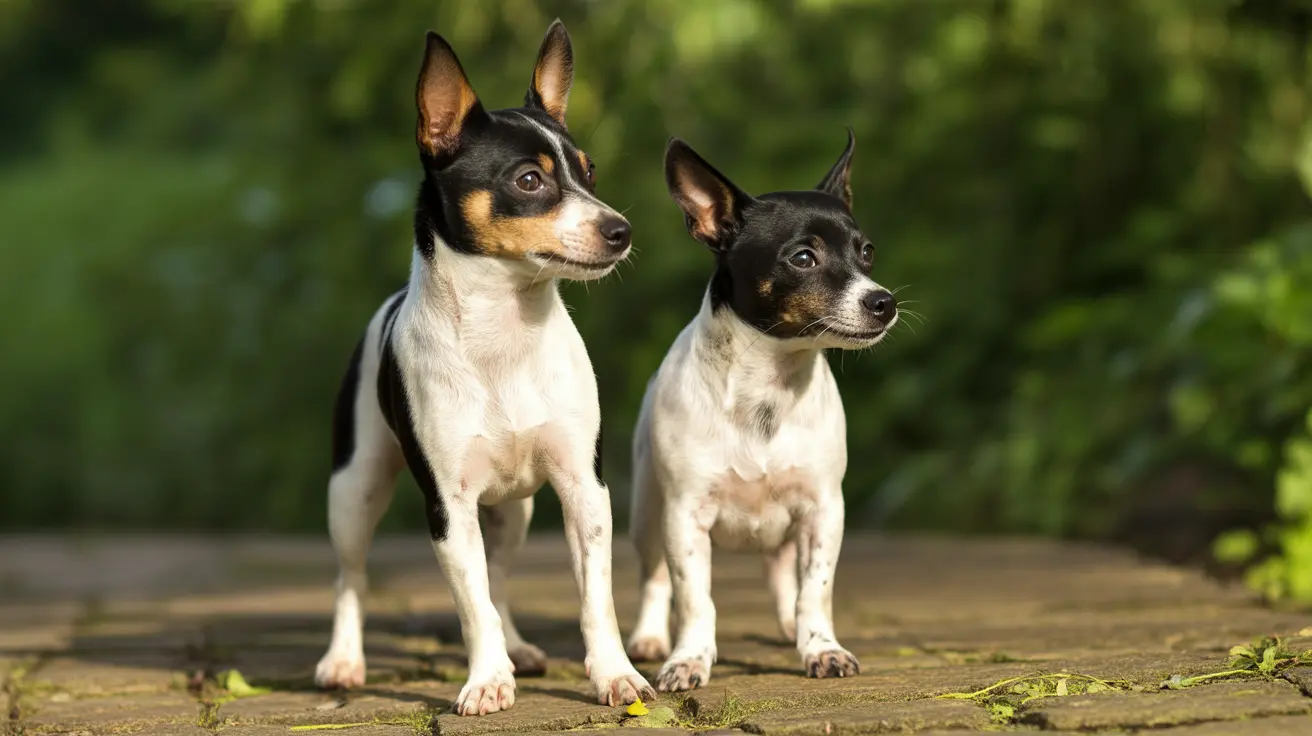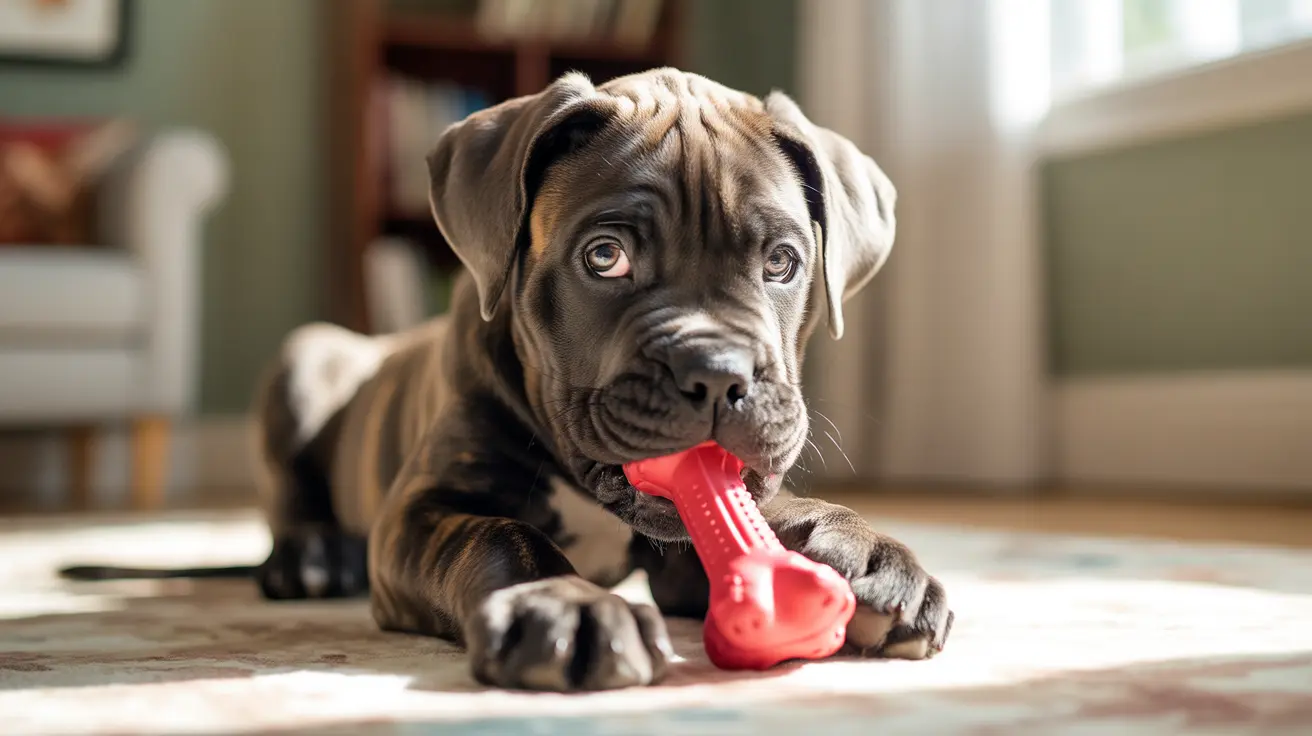Understanding Discomfort in Female Dogs During Heat
A female dog in heat — also referred to as in estrus or in season — is going through a natural and fertile phase of her reproductive cycle. While this cycle is not inherently painful, it can involve physical discomfort and emotional stress, requiring attentive care from the owner. Understanding the symptoms, behaviors, and phases associated with a dog being in heat helps owners manage this period responsibly and increase their dog's comfort.
What Does Being 'In Heat' Mean?
When a female dog is in heat, she is in the reproductive phase where she can become pregnant. This generally occurs every six months and can last up to four weeks. The first cycle appears anywhere between 4 months and 2 years of age depending on breed size.
Phases of the Heat Cycle
The heat cycle consists of four stages. Each comes with unique physical and behavioral symptoms that may cause different levels of discomfort:
- Proestrus: Swollen vulva and bloody discharge may make a dog uncomfortable. The dog is not receptive to mating during this stage, although she attracts males.
- Estrus: The dog becomes fertile and may experience behavioral shifts, including increased affection or restlessness, which may be symptoms of hormonal changes.
- Diestrus: Hormonal levels drop if no pregnancy occurs. A dog may return to normal behavior or show signs of a false pregnancy, which could bring about emotional stress.
- Anestrus: A resting phase where hormonal activity is low, and the dog behaves normally.
Common Signs of Discomfort
Dogs may not experience overt pain, but several behavioral and physical signs suggest discomfort:
- Swollen vulva causing irritation
- Frequent urination and marking behavior
- Vaginal discharge that prompts excessive self-licking
- Behavioral changes such as anxiety, restlessness, or desire to escape
- Mounting or humping due to hormonal build-up
- Change in appetite and sleep habits
How to Ease Your Dog’s Discomfort
Although not in pain, your dog may feel varying degrees of discomfort. Here are practical steps to support her:
- Provide a quiet and clean environment away from male dogs
- Monitor hygiene by using doggy diapers or absorbent pads
- Increase affection and predictable routines to support emotional stability
- Avoid public places like dog parks to prevent stress from unwanted attention
- Allow mental stimulation indoors with puzzle toys or gentle games
Veterinary Concerns
In some cases, dogs may experience complications like:
- Phantom pregnancies: Can cause nesting or milk production
- Pyometra: A severe uterine infection that can be life-threatening
- Irregular or absent heat cycles: Could indicate underlying health problems
If your dog displays symptoms such as fever, unusual discharge, or lethargy, consult your veterinarian immediately.
Should You Spay Your Dog?
Spaying your dog eliminates heat cycles and related discomfort. It also prevents unwanted pregnancies and lowers the risk of certain diseases, especially as the dog ages. The timing of spaying should be discussed with a veterinarian based on breed and health status.
Summary
- The heat cycle is a natural process, not typically painful but can be uncomfortable
- Behavioral and physical symptoms vary, with some dogs appearing more affected than others
- Proper care includes hygiene maintenance, emotional support, and supervised outdoor activity
- Spaying is an option to prevent future discomfort and health risks
A dog in heat does not suffer pain in the traditional sense but does experience biological changes that can cause temporary discomfort and behavioral shifts. Attentive care and informed actions can greatly ease this period for both pet and owner.





